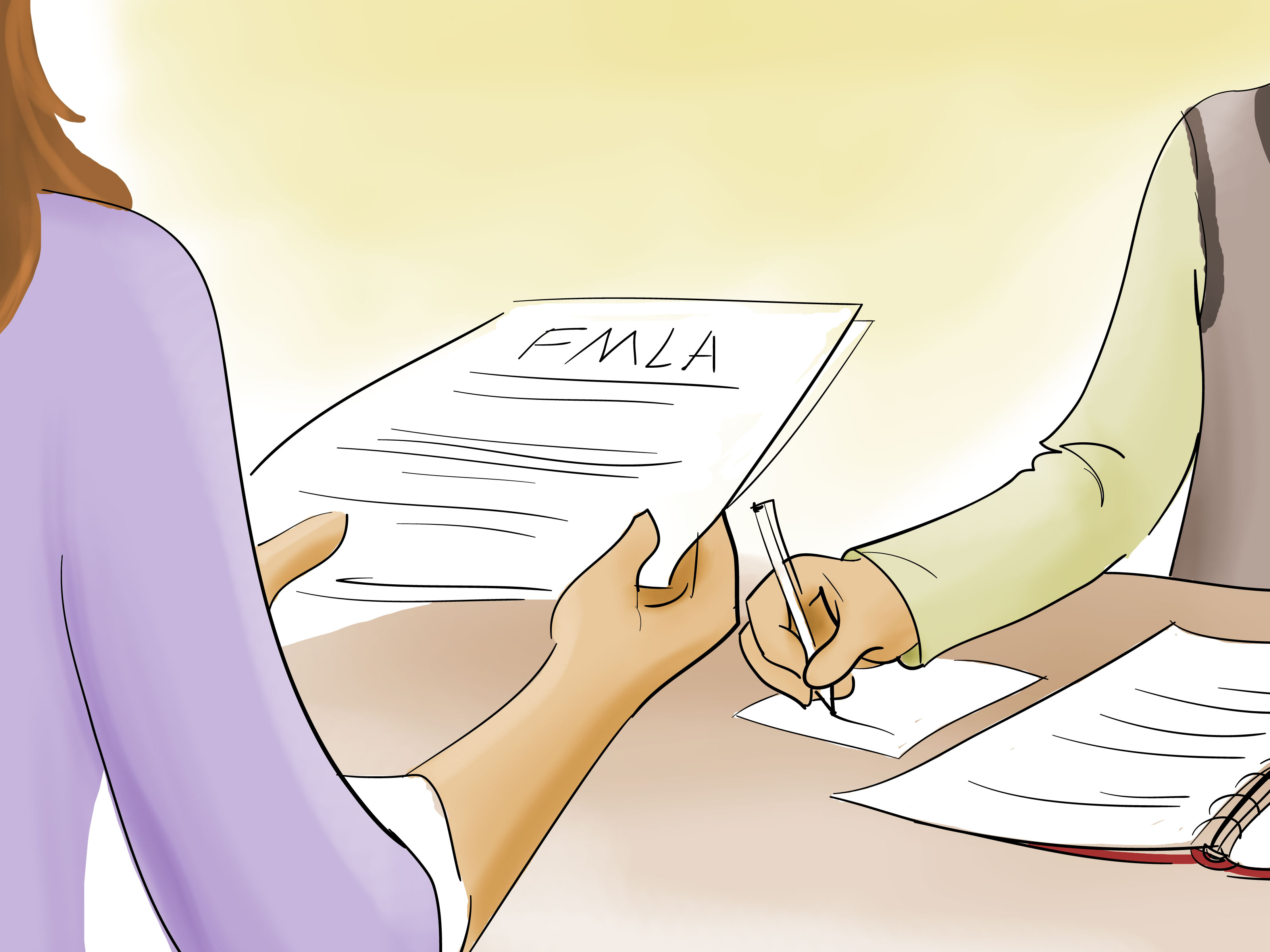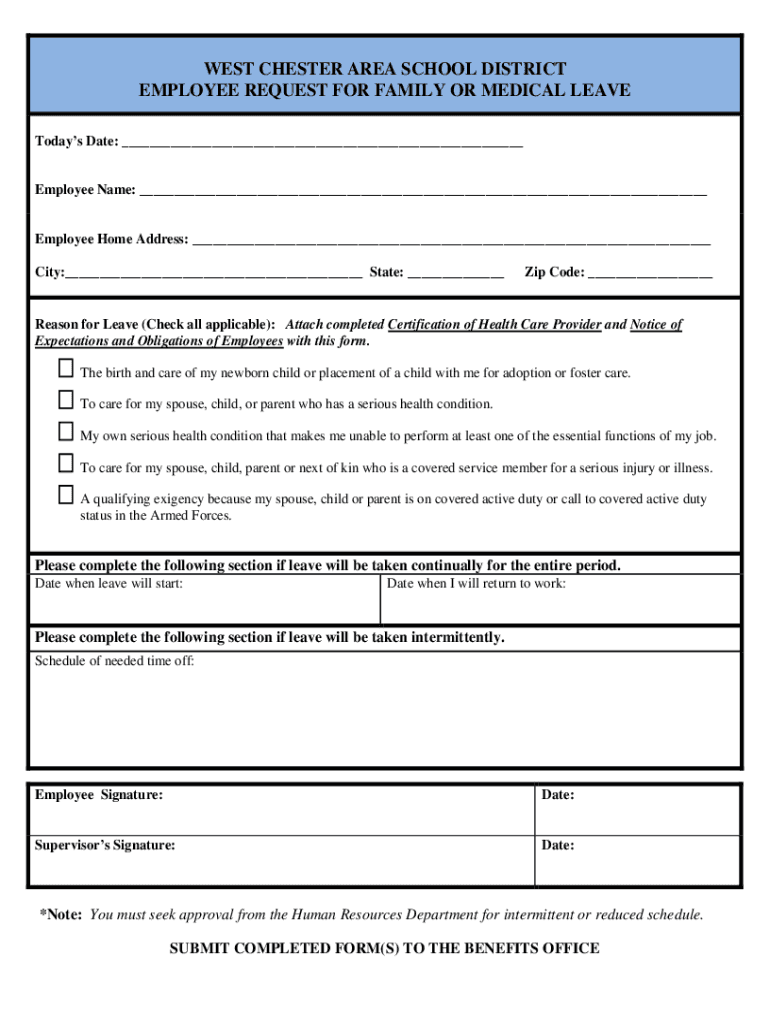3 Steps to Submit FMLA Paperwork Correctly

The process of submitting your Family and Medical Leave Act (FMLA) paperwork correctly can be straightforward when you know the steps. Here, we'll guide you through 3 critical steps to ensure your FMLA request goes smoothly, helping you take the necessary leave without causing unnecessary stress or complications at work.
Step 1: Understand FMLA Requirements

Before you can even think about submitting your FMLA paperwork, it’s vital to understand what FMLA entails. Here are key points:
- Eligibility: You must have worked for your employer for at least 12 months, worked at least 1,250 hours over the past 12 months, and the company must have 50 or more employees within 75 miles of your worksite.
- Purpose: FMLA covers serious health conditions, the birth or adoption of a child, to care for a family member with a serious health condition, or military family leave.
- Duration: You can take up to 12 weeks of unpaid leave within a 12-month period or 26 weeks for military caregivers.
Knowing your rights and obligations under FMLA is the first step to a successful submission.
📚 Note: Check with your HR department or the official Department of Labor website for the most up-to-date information on FMLA.
Step 2: Gather All Necessary Documentation

Proper documentation is crucial for your FMLA application to be accepted. Here’s what you need:
- FMLA Application Form: Your employer should provide this, but if not, you can find the appropriate forms on the Department of Labor’s website.
- Medical Certification: For medical-related leaves, a certification form needs to be completed by your or your family member’s healthcare provider, detailing the medical condition and expected recovery or treatment times.
- Additional Documentation:
- For parental leave, adoption or foster care placement documentation is needed.
- If you’re taking leave due to military deployment, specific military-related forms are required.
| Type of Leave | Documentation Required |
|---|---|
| Serious Health Condition | Medical Certification |
| Parental Leave | Birth/Adoption/Foster Care Placement Records |
| Military Family Leave | Certifying Military Orders |

📂 Note: Ensure all forms are filled out accurately and legibly to avoid delays.
Step 3: Submit Your FMLA Paperwork Correctly

The final step is ensuring your FMLA paperwork reaches the right hands in the right way:
- Choose Your Submission Method: You can typically submit in-person, by mail, or electronically through your employer’s HR system.
- Follow Your Employer’s Procedures:
- Understand if there are specific channels through which FMLA requests are processed.
- Keep track of your organization’s HR policies regarding leave requests.
- Confirmation and Follow-up: After submission, get a confirmation from HR. Ask for:
- The date your leave begins.
- Any updates required during your leave.
- The procedure for returning to work.
Make sure you have a copy of everything submitted for your records. Keep communication open with your employer throughout the process.
📝 Note: Keep in regular contact with HR, especially if there are changes in your leave status.
In summary, taking the time to fully understand FMLA requirements, gathering all necessary documentation, and submitting your paperwork correctly ensures a smooth leave process. You've learned about eligibility, the type of documentation needed, and how to submit your application effectively. This knowledge not only safeguards your rights but also promotes a stress-free leave experience for you and your employer.
Can I take intermittent FMLA leave?

+
Yes, FMLA allows for intermittent or reduced schedule leave when medically necessary. Discuss with your healthcare provider to ensure the leave pattern fits your medical needs.
What if my employer does not approve my FMLA request?

+
First, ensure your application was submitted correctly and on time. If there are issues, they should provide a reason for the denial. You have the right to appeal, and if unresolved, contact the Department of Labor for assistance.
Is FMLA leave paid or unpaid?

+
FMLA leave is generally unpaid. However, you might be eligible for state or short-term disability benefits, or your employer might offer paid leave or partial pay. Check with HR or your state’s employment laws.



